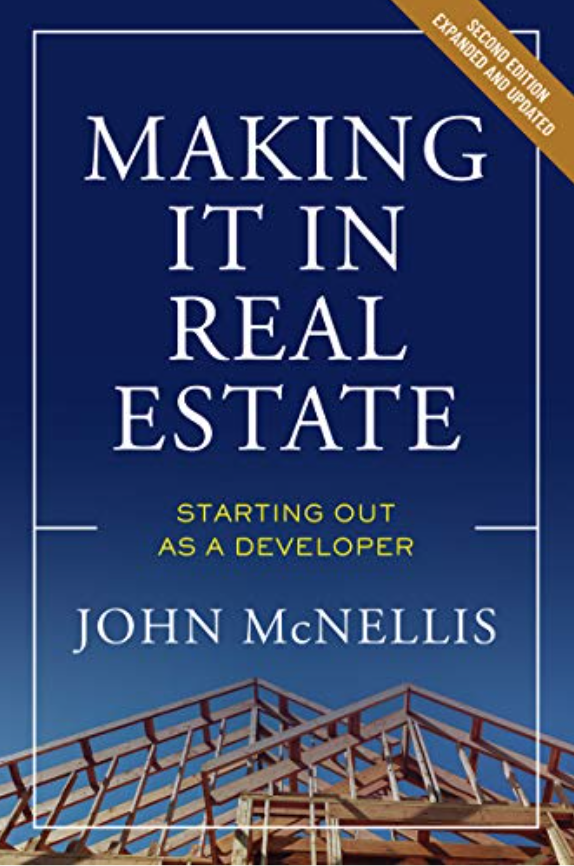Last week the city of Berkeley sued the University of California over its proposed redevelopment of the worn-out Upper Hearst parking garage at the campus’s northeast corner, citing the usual suspect: an inadequate environmental impact report (EIR). This story—development gets sued over EIR—is such an everyday yawner, it should have run in the obits section.
The project’s backstory, however, is fascinating and—for the moment at least—approaching tragic for the University.
In 2013, then U.C. Vice Chancellor Administration & Finance John Wilton realized the obvious: Everything the University owned—its lecture halls, laboratories, office buildings, power plants—was falling apart and that it was thousands of beds short of its housing mandate for its undergraduate students. He also knew the University was sitting upon amazing real estate that would never be successfully redeveloped by the myriad of committees and factions then controlling the campus, committees and sub-groups working without real world knowledge of development and often at cross-purposes with one another.
At Wilton’s urging, Chancellor Nicholas Dirks created a new office—Vice Chancellor of Real Estate—and appointed Bob Lalanne as its first vice chancellor. A U.C. grad, long-time University volunteer and a very generous donor, Bob shut down his highly successful development company to accept the VCRE position for an annual salary of one dollar. Yes, one dollar a year.
With the chancellor’s backing, Bob and his team began a remarkable rebuilding program and for three years (2014-2016) the cement trucks were flying. Among other projects, they opened 1,000 new beds for undergraduates and built the new Stadium Garage at a cost of—please note—$35,000 per stall. In all, his team implemented eight projects and had another ten waiting on the flight deck.
Then the wheels fell off.
Chancellor Dirks departed and the new chancellor, buckling under to pressure from those sidestepped committees and factions—let’s call them the “deep university”—elected to shut down the VCRE, stripping Lalanne of control, asking him to remain in an advisory capacity. Declining, he resigned in the fall of 2016. Wilton had previously resigned in late 2015.
And the deep university retrieved its power.
With that background, let’s return to the present, to the Upper Hearst garage’s proposed redevelopment. The existing garage is an ill-designed eyesore that nominally has 350 parking spaces. It leaks so badly in winter storms its ground floor is often flooded and unusable. Its floors do not connect with one another; it’s true: If you cannot find a space on the second floor, you have to exit the building and ascend a separate ramp to hunt on the third floor.
Three years ago, the VCRE team proposed an elegant project for the site: Three levels of garage parking that, in taking up the site’s entire footprint, would have provided about 350 actual parking spaces; and, on top of that garage, three floors divided between the Goldman School of Public Policy (GSPP) and undergraduate housing. The GSPP was to have 20,000 square feet, while the dorm would have 120,000 feet, providing 500 new beds. At the time, this project would have cost $95 million.
This project died along with the office of the VCRE. Before describing how the deep university mangled its replacement proposal, a few facts are worth bearing in mind: UCLA is the same size as U.C. but has 17,000 beds for its undergraduates compared to U.C.’s 7,000; student housing requires no parking; and finally, for the Stanford grads, it is cheaper to build one building rather than two.
The deep university proposal for this site, the one that has thus far engendered two lawsuits, is vastly under-parked. It has only 180 parking spaces and, by eliminating the badly needed student housing in favor of 150 subsidized faculty apartments, loses over half of its parking spaces to satisfy the arguably unnecessary faculty housing. Moreover, the misguided plan creates a faculty housing lounge of about 4,000 feet on the ground floor thereby wrecking the parking lot’s efficiency. Finally, the plan moves the GSPP to a separate, but adjoining building, which means the added cost of two roofs, two mechanical systems and so on.
The cost for this project is estimated today at $138 million, or $43 million more than the VCRE project. Contrasted with the $35,000 per-stall cost at which the VCRE built the Stadium Garage, the per-stall estimate for Upper Hearst is now over $100,000.
A book rather than an essay should be written about the special interests—the teachers, the unions, the turf-protecting bureaucracy, even the students—that are costing one of the greatest universities in the world hundreds of millions of dollars in lost opportunities, bungled projects and out-right featherbedding. One small example: The AFSCME union prevented the University from automating its parking garages, insisting upon full-time, dues-paying unionized attendants at a time when simple apps and readers have rendered these positions not only redundant, but ridiculous.
The ancient joke about the definition of a camel—a horse designed by committee—springs to mind when considering the present Upper Hearst project.
U.C. can successfully develop its real estate. Or rather, it could, but not by letting its inmates run the asylum. In short, the University should bring back the office of the VCRE.


